Hifiman Sundara Review: Overview
Hifiman Sundara Headphones
OUR RATING:
4.6
(out of 5)
Specs
- Impedance: 37 Ω
- Drivers: Planar Magnetic
- Frequency range: 6 Hz – 75 kHz
- Sensitivity: 94 dB/mW
- Weight: 372 grams (9.4 oz)
- Cable length: 1.5 meters
Pros
- Pristine, ultra-fast transient response
- Good detail
- Unclouded, present bass
- Affordable price
- Durable
Cons
- They lack the dynamic punch needed for some genres
- Cable is rigid and short
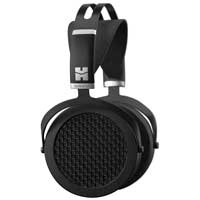
Check Price:
Bottom Line:
Quality planar magnetic headphones with fantastic transient response at an affordable price.
Introducing the Hifiman Sundara
The Hifiman Sundara headphones are popular for a reason: they deliver the fantastic transient response of very expensive planar magnetic headphones at an affordable price.
If you want to hear lightning-speed snare hits that are perfectly separated without remortgaging your house, these are the headphones you are looking for.
To create sound, most headphones use dynamic drivers which employ a voice-coil and magnet mechanism attached to a thin diaphragm.
Planar magnetic drivers use an array of magnets and tiny wires spread across the diaphragm itself (planar magnetic coil). This design allows for a diaphragm with a much lower mass resulting in excellent transient response.
These affordable planars are the worst-kept secret in the audio world. We tested them thoroughly to see if they live up to the hype.
See here for all our reviews of headphones, microphones and audio gear.
Who are the Hifiman Sundara headphones for?
The Hifiman Sundara headphones are for audio enthusiasts and critical listeners. Their open-back design allows for a more natural resonance.
With an impedance of 32Ω with a sensitivity of 94dB, the Sundara require a sound source with more juice than your average battery powered device. For best results, listen to these with a dedicated amplifier or audio interface with an integrated amp.
Who are the Hifiman Sundara headphones NOT for?
With their open-back design, the Hifiman Sundara headphones are NOT suited for anyone in the market for a pair of headphones with good sound isolation or active noise-canceling.
The open-back design allows sound in and out. In noisy environments or for applications where you cannot tolerate sound leakage (such as tracking), these are not your cans.
Alternatives to the Hifiman Sundara
Open-back
Hifiman Edition XS
Planar magnetic cans with a similar sound signature to the Sundara with a better earcup design.
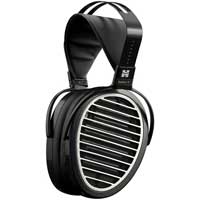
Check Price:
Audeze LCD-2
A class up from the Sundara. The benchmark for planar magnetic cans in the studio.
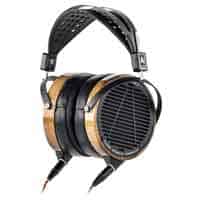
Check Price:
Beyerdynamic DT 1990 Pro
Our favorite open-back reference headphone.
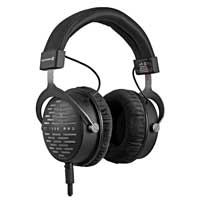
Check Price:
AKG K702
Best value reference headphones out there.
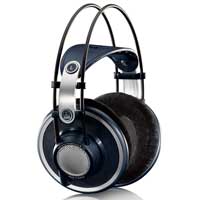
Check Price:
Closed-back
Focal Elegia
A closed-back dynamic driver alternative beloved by many audiophiles.
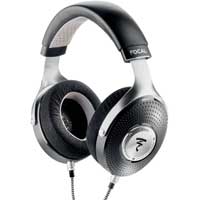
Check Price:
What’s in the box?
The Sundara headphones arrive in a luxurious box with a satin-covered interior. Inside are the headphones and one straight, 1.5-meter cable terminating in a mini-jack with a standard 1/4-inch adapter.
Unboxing Video
Comfort
On the whole, the Sundaras are pretty comfortable. The weight (372 g) is not a massive drawback, they don’t clamp too hard on the head, and the earcups are cushy. There is no side-to-side swivel or give but the thick earcup design should adjust well to most heads.
The two-level, weight-dispersing headband (similar to the AKG K701 and K702) is my personal favorite design. The aluminum frame and leather strap are durable and you don’t feel a lot on your head.
With perfectly round earcups, the Hifiman Sundara headphones have a less-than-ideal earcup design unless you have perfectly circular ears. They touched my (medium to large size) ears slightly on the inner ear cup and a bit on the top and the ear lobe.
The cushions on the earcups are thick with leather sides and velour where the cushion makes contact with the head. This velour inside is a nice touch that keeps them from overheating your head in longer sessions.
In a modification from the 2018 edition to the 2020 edition of these headphones, the earcup pads have been tapered at the bottom to form a better seal with the head.
Build
This is a sturdy utilitarian build, similar to the Beyerdynamic no-nonsense look. The aluminum frame with ratchet motion size adjustments, aluminum grille on the drivers, and leather strap are built to last.
At 372 grams, they are lighter than most planar magnetic headphones, and the weight dispersing headband helps further alleviate any weight issues.
Despite the low mass of their diaphragms, ironically, most planar magnetic headphones are crazy heavy because they have so many magnets around the driver. Fortunately, the Sundara headphones use lighter magnets to achieve a reasonable weight.
The cable is straight, rigid, short (1.5 meters), and of lower quality than one expects at this price.
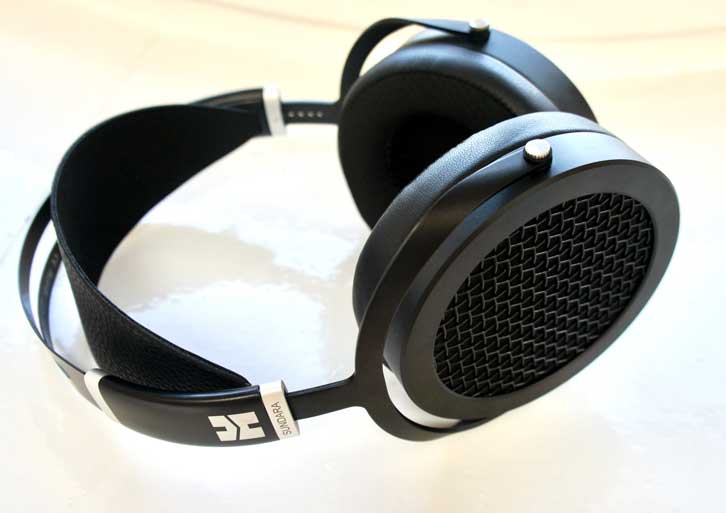
Sound
First Impressions
Owing to the buzz about the Hifiman Sundara among audiophiles, my expectations were high.
But I must admit, when I first tried these on, the sonic signature took some getting used to. When switching directly from a set of dynamic driver reference headphones like the Beyerdynamic DT 1990 Pros, the world of the Sundara at first feels icy and thin.
Dynamic Punch: the Drawback
Headphone manufacturers talk about the ability of planar magnetic drivers to deliver faster transient response and more accurate dynamics.
Without a doubt, planar magnetic drivers achieve super-fast transient response. But it’s worth noting that dynamic accuracy is not the same as dynamic punch. And for some reason, planar magnetic headphones tend to lack this punch. (Exceptions being at the extreme high end, such as Hifiman Susvara or Audeze LC-5)
Felt primarily in the bass and lower mids, this lack of punch is the biggest drawback to the Sundara headphones (and most planar magnetic headphones).
Certain music demands this punch that communicates a more elemental, animal reaction. At the moment, dynamic drivers deliver tend to deliver that dynamic punch better.
This is not to say that planar magnetic headphones under $4000 are useless! They can do things that their dynamic counterparts cannot. So let’s see what the Hifiman Sundara can do.
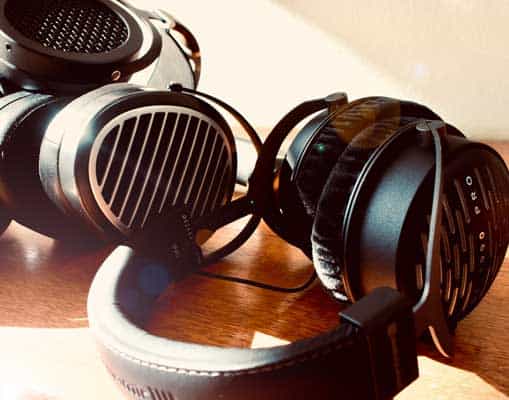
Best Headphones for Mixing
We shortlisted 10 popular cans, tested them, and carefully considered how they might affect your mix.
Transient Response: What they do Well
What the Sundara can do that many of its dynamic driver competitors cannot do is deliver super fast transients with very little if any harmonic distortion. (Harmonic distortion could be identified clearly down to .01% on our tests)
On certain styles of music, particularly those that are more machine than man, like fast EDM or Trap, the Sundara headphones are extremely satisfying.
For example, listening to Squarepusher’s track North Circular with the Sundaras is astonishing. The hyper-speed snare hits come to life!
On Jack Harlow’s track Churchill Downs the trap hi-hats are crystal clear and the bass is cold and unblemished.
Detail
The superb transient response translates to unique detail retrieval on the Hifiman Sundara headphones.
While they don’t have the illuminating definition of some dynamic driver reference headphones in the same price range (such as the Shure SRH1840 or Beyerdynamic DT 1990 Pro), they have a different kind of definition.
The response of the Sundara headphones is less warm than most dynamic drivers, with clear mids and unclouded bass response. For critical listening, in certain genres, this cold detail makes it easier to identify layers.
For example, on Radiohead’s Morning Bell, when the guitar with reverse tape delay enters on the third verse, this sound blends into the bass line much more with other dynamic driver headphones. With the Hifiman Sundara headphones, however, there is a clear separation between the bass and this meandering guitar sound.
Frequency Response
The Hifiman folks claim a frequency range on these headphones of 6Hz – 75kHz. (With no tolerances or test variables provided) So if you’re a bat or a dog, these are great!
As far as the range of humans is concerned (20Hz – 20 kHz), the Sundara achieve a well-balanced, fairly neutral frequency curve.
Hifiman Sundara Frequency Response Chart
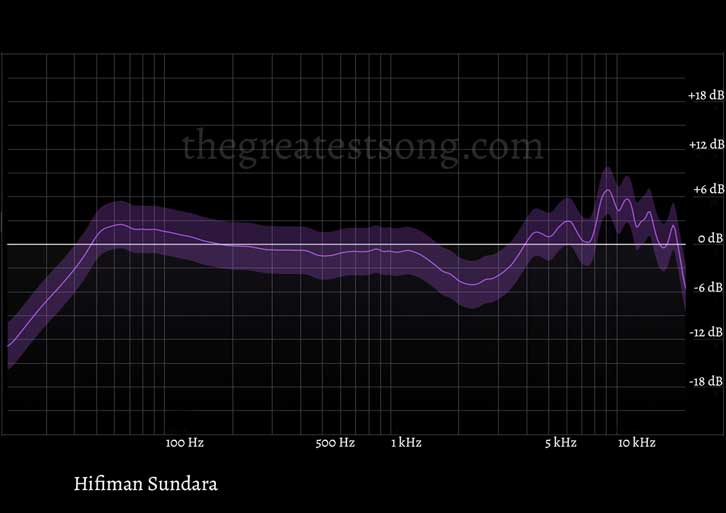
The bass is super clean with real presence. It’s a completely different experience than the bass on most dynamic drivers – not punchy, but astonishingly clean.
The upper mids are exciting with real definition. And the high end has some sparkle with a more gentle roll of at 10 kHz than other Hifiman headphones.
Soundstage and Stereo Image
The soundstage is ample and the imaging is convincing and consistent in all directions.
Fortunately, the Hifiman Sundara headphones have no problem with consistency in the center of the stereo image like some other planar magnetic cousins.
A weakness of the Sundara headphones is their lack of ability to recreate a sense of atmosphere or space. The ultra-crisp transients could be partially responsible for this.
For example, on a rootsy track that demands warmth (not the strength of the Sundara), Long as I Can See the Light by Creedence Clearwater Revival, the natural reverb of the room is absent.
In this track, the hi-hat is keeping time and the Sundara reproduces this so clearly, without any smudging from one hit to the next. This hi-hat is so clear that, in this context, it sounds unnatural. The reverberation of the space is missing, so the hi-hat sounds like a machine.
Conclusion: Are they worth it?
It’s quite easy to recommend these headphones. You’d be hard pressed to find higher quality planar magnetic headphones at a lower price.
They are not for everything and everyone. They offer a specific sound suited to particular tastes and genres.
But if you’re looking to add that icy clean edge of quality planar magnetic drivers to your arsenal of tools, this is an easy purchase.
Hifiman Sundara

Check Price:
How we Tested and Rated the Hifiman Sundara Headphones
As a reminder, we test everything on this site ourselves.
These headphones were tested under controlled conditions in a sound-treated room and also in a noisy household environment.
Don’t believe any ‘objective’ measurements you see about headphones! The shape of your head and ears alone will have a significant effect on frequency response and other factors. Therefore, all headphone reviews are subjective, this one being no exception.
Our comparisons for the Hifiman Sundara headphones were limited primarily to other open-back planar magnetic and dynamic driver headphones in the same class. Although we did directly compare a few closed-back and consumer headphones just to keep our ears honest.
In addition to testing these headphones on music of all styles, we conduct extensive clinical tests on frequency response, dynamic range, driver matching, harmonic distortion, binaural tests, wiring, and stereo imaging.
Our rating assumes that you value sound quality above all other factors, followed by comfort/build, then price.
Questions or Comments?
Join the discussion here on Facebook.